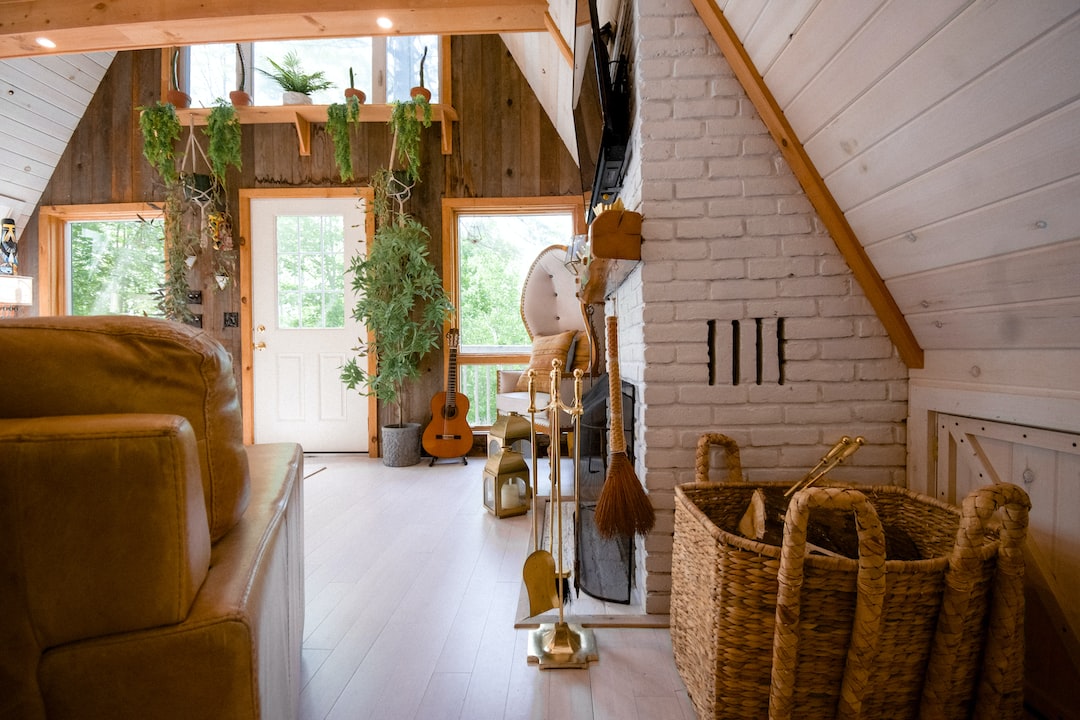The Impact of Location on Property Value
One of the most significant factors that affect the value of a property is its location. Whether you are buying or selling a house, understanding the impact of location on property value is essential. The location not only determines the current price of a property but also its potential for future appreciation.
There are several key factors to consider when evaluating the impact of location on property value. The first and perhaps most evident is proximity to amenities. Properties that are within close reach of schools, parks, shopping centers, and other essential facilities tend to have higher values. This is because people are willing to pay a premium for the convenience and accessibility these amenities provide.
Transportation is another critical aspect to consider. The availability of public transportation, major highways, and proximity to airports can significantly impact property values. Homes located in areas with excellent transportation options are often in high demand, as they offer residents the ability to commute easily to work and access other parts of the city or town.
Safety and crime rates are also essential considerations when evaluating the impact of location on property value. People naturally desire to live in safe neighborhoods, free from the fear of crime. Properties within low-crime areas tend to have higher values. On the other hand, those in high-crime areas might face challenges in attracting buyers or fetching competitive prices.
Furthermore, the quality of the local school district typically plays a significant role in determining property values. Families with children often prioritize living in areas with good schools, as it directly affects their child’s education and future prospects. Consequently, homes within high-performing school districts are in high demand and command higher prices.
The demand for specific types of neighborhoods can also impact property values. For example, properties located in trendy areas with vibrant cultural scenes, trendy restaurants, and hip cafes often have higher values. People drawn to these neighborhoods are willing to pay a premium for the experience and lifestyle they offer.
The natural environment and views surrounding a property can also influence its value. Homes near bodies of water, like lakes or the ocean, or properties with picturesque landscapes, such as mountains or forests, often have higher values. These natural elements enhance the aesthetic appeal of a property and provide an enhanced quality of life.
In addition to these factors, economic conditions can also impact property values. Areas with a strong economy and job opportunities often experience higher demand for housing. This demand can drive property prices up, making investments in these locations more valuable. Conversely, regions with economic decline or high unemployment might see property values decrease.
It’s also important to consider the local housing market when evaluating the impact of location on property value. In a seller’s market, where demand for housing exceeds supply, property values tend to rise. Conversely, in a buyer’s market, where there is an oversupply of homes, prices may stagnate or even decline.
Finally, economic development and government initiatives in a location can impact property values. Investments in infrastructure, such as new roads, parks, or community centers, can make an area more desirable and increase property values. Tax incentives or government development plans can also stimulate property values by attracting businesses and job opportunities to an area.
In conclusion, the impact of location on property value cannot be understated. Proximity to amenities, transportation options, safety, school districts, neighborhood type, natural environment, economic conditions, housing market dynamics, and government initiatives all play a role in determining property values. As a buyer or seller, it is crucial to consider these factors when making real estate decisions to ensure that you maximize the value of your investment.

